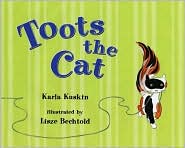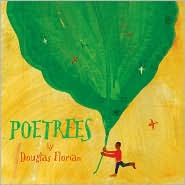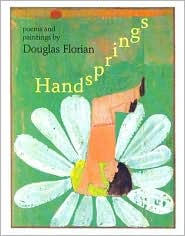 INTRODUCTION
INTRODUCTIONFor anyone who has a cat at home will understand when you say that you feel like you're being watched. Cats are funny creatures. They love you, dislike it when you're gone a long time, playful, and they have the poker face with eyes that says it all. This is a funny poem about a cat who watches the poet. Share it was enthusiasm!
POEM
Cats Don't Care What You Wear
By Karla Kuskin
Cats don't care
what you were.
they never are rude
if you're nude.
they may give you a look
with a quizzical purr
as if to say, "Really,
poor creature, no fur.
How awfully embarrassing
looking like her."
And then add a poker-faced
lingering stare.
"Not that I care," it says.
"Not that I care."
EXTENSION
Have the kids write a poem about their pet and what they do that they think is funny. What would they say when they just sit there and watch you? Let their imaginations run!
BIBLIOGRAPHY
Kuskin, Karla. 2005. Toots the Cat. Illus. by Lisze Bechtold. NY: Henry Holt and Company. ISBN: 9780805068412.





